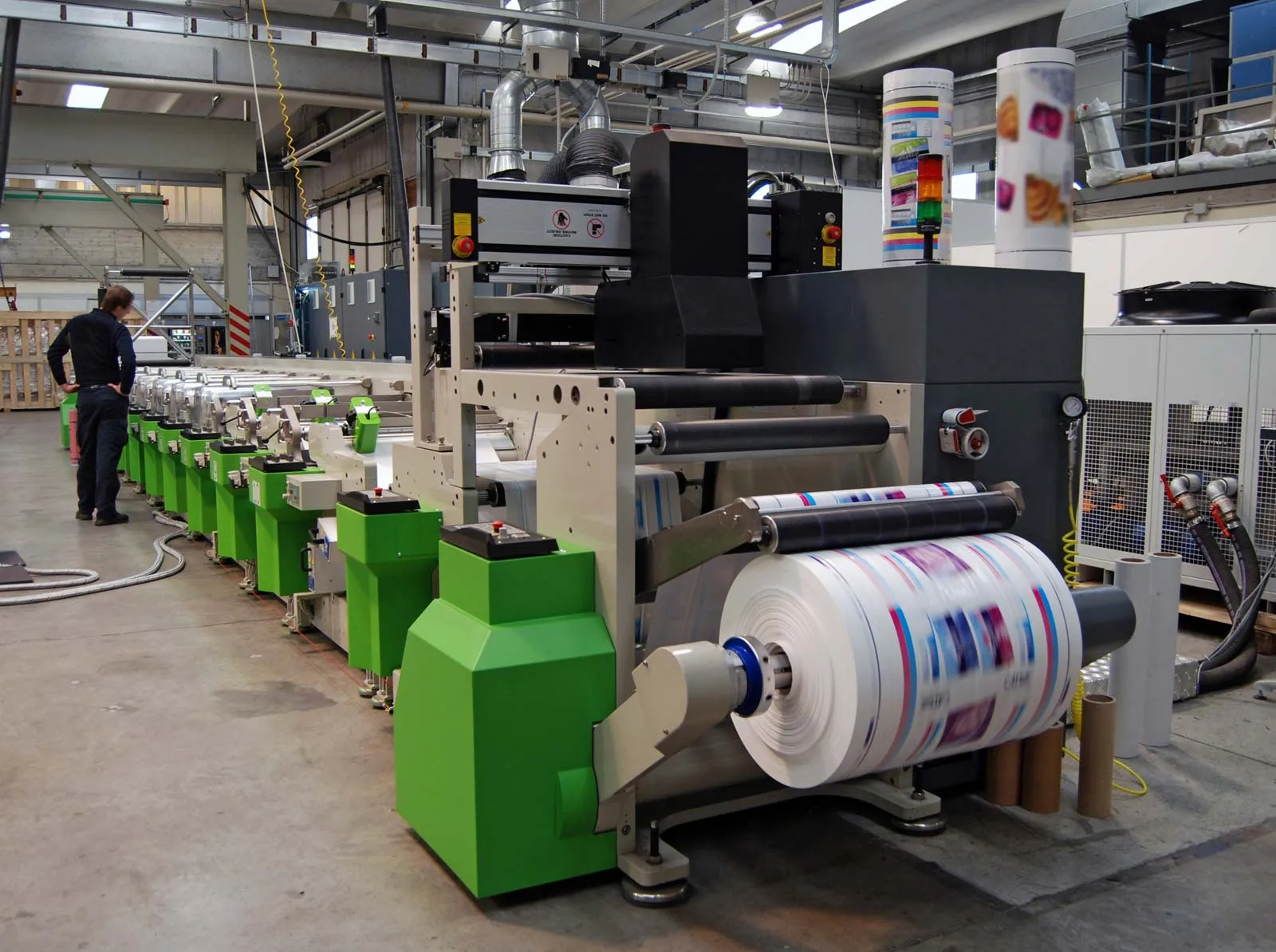Printing
Printing:
The print industry has been around for hundreds of years. But “industrial print” is relatively new. What does it mean? Industrial printing refers to ink imprinted onto a product as part of a manufacturing process. Print adds significant value, but its contribution is secondary to the innate value of the product itself. By way of comparison, this definition excludes all types of page printing and most other types of commercial printing (e.g. brochures, photographs, signage, blueprints, security) – all the familiar “ink-on-paper” products, which are typically produced on offset presses by commercial printers. Industrial print jobs may employ offset lithography. For example: printing a design onto heavy weight card stock, before it is converted into a folded carton, which is then filled with the actual product. However, for many industrial print categories, the ink is deposited onto costly non-paper surfaces. Until recently, the main techniques employed were: flexography, rotary screen printing, gravure and indirect pad printing. Over the last decade, digital inkjet technology has made significant inroads into the industrial print landscape, disrupting long-standing businesses, and opening new horizons for product makers (manufacturers).








